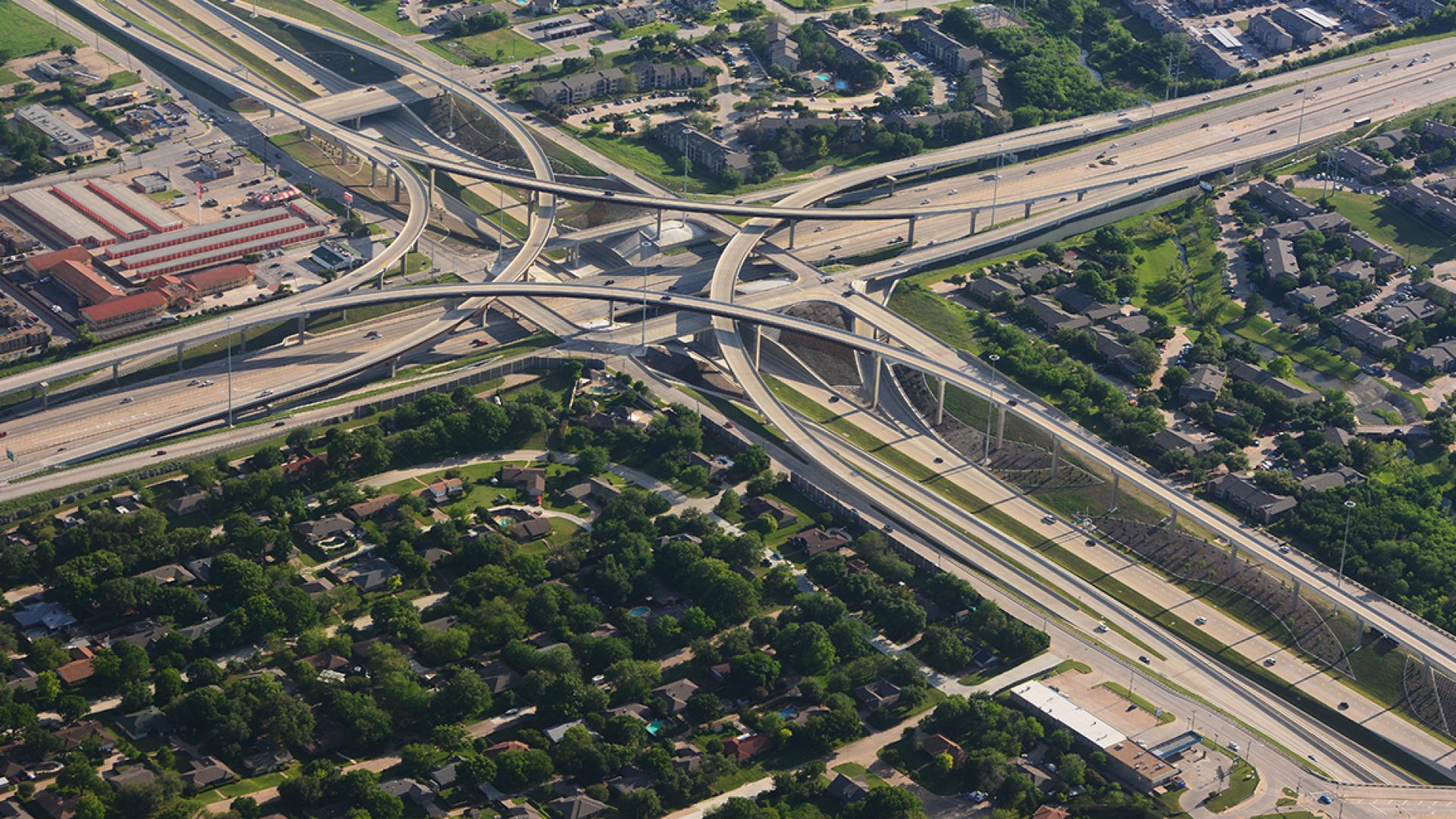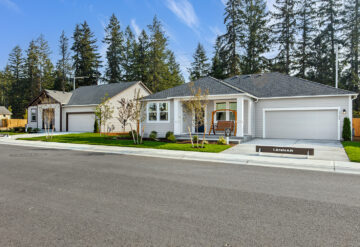How much is your home worth? You might be surprised at some of the indicators that determine a home’s value, covered by Yuqing Pan in this article from realtor.com.
Home buyers and owners want to know which way prices are heading. Are valuations heading up, up, up, making it the perfect time to buy? Or are they beginning a precipitous decline from their peak – making it high time to sell? To read the tea leaves, they might focus on the latest jobs reports, check out what’s going on in other markets, or scrutinize the writings of economists.
But insights can be found in the most unusual places – such as on a grocery run, or at the gas pump. We’ve rounded up eight surprising indicators of change in home prices. Do they play a role in pushing the numbers skyward or down into the dirt? Or are they false prophets? We’re here to help you sort it out!
Gas prices. Sure, it feels fantastic to fill up your car with gas for just $35 when it used to cost almost $50. But if you’re looking to buy a home, the financial benefit of cheap gas might be overrated – as gas prices fall, home prices inevitably go up. And homes sell faster, too, which takes a toll on available inventory. For every $1 decrease in gas prices, home prices increase by roughly $4,000 and the average time to sell a property decreases by 25 days, according to a study by Longwood University and Florida Atlantic University. Lower gas prices lead to increased consumer confidence and more disposable income for potential buyers, Longwood professor Bennie Waller explains.
Sports facilities. Walking distance to the big game? Score! Living near a stadium clearly is not a hard sell for sports fans, but even those without an obsessive rooting interest in the local teams should pay close attention if there’s a major sports facility nearby. Moving a residential housing unit one mile closer to a professional sports facility increases its value by $793. But the effect disappears after four miles, according to researchers at the College of William and Mary and University of Alberta, who extracted property data within 5 miles of every NFL, NBA, MLB, and NHL facility in the U.S. So sidle up to that stadium – just be sure you have a dedicated parking space.
Temperature change. Global warming affects not only nature, but also our daily lives and housing decisions. The National Association of Realtors looked at home prices and temperature change over the past four years and found what seemed to be a negative correlation between temperature increase and housing prices. Out of the 82 markets studied, those with the highest gains in housing prices typically had a small increase in temperature (up to 2 degrees Fahrenheit). For example, in Atlanta, GA, the temperature increased 1 degree while house prices increased 78%. But markets where the temperature rose more than 3 degrees did not experience significant price gains, such as Little Rock, AR.
Highways. Is it a good idea to live close to the highway? Yes … and no. It depends on just how close we’re talking. A case study of the Superstition Freeway (U.S. Route 60) corridor in Mesa and Gilbert, AZ, showed that single-family homes within 0.5 miles of the freeway were adversely impacted. But the negative impacts were more than offset by housing price appreciation in the surrounding areas. Average sales price appreciation for homes within 5 miles of the freeway (including negatively affected properties) was higher than the whole metropolitan area. So while you probably don’t want to buy right by an exit ramp, easy access to a transportation corridor is definitely a strong selling point.




